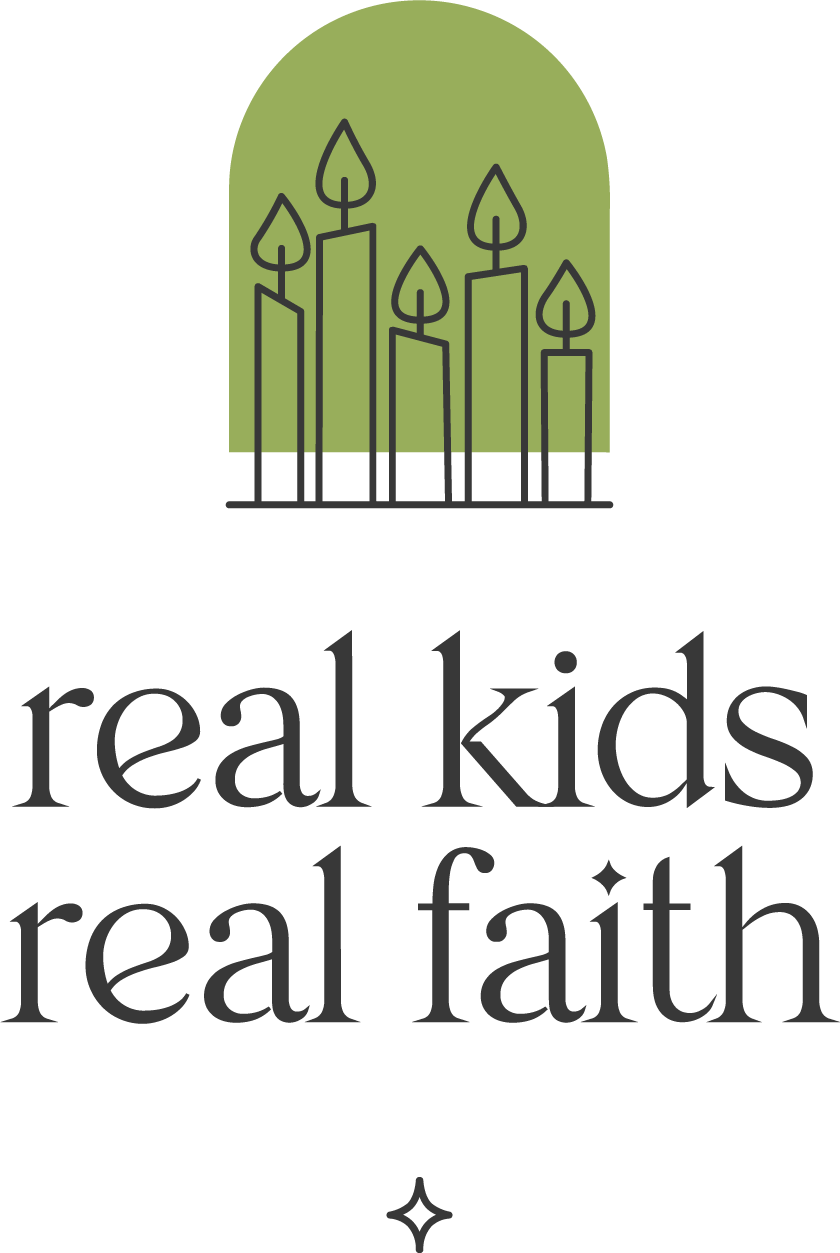Hopefulness is more than just a spiritual virtue and positive emotional state. Psychologists also view it as a teachable skill that requires children to have desires, believe their desires can be realized, and feel motivated to try. Help kids become more skilled at practicing hopefulness with these activities, designed to help them understand what hopefulness is, how it feels, and why it matters.
Bringing hope. Invite children to role play situations where a friend is discouraged and they offer them hope. For example, one might pretend to be upset about a missing pet and another offers to help them make posters and organize a search. Encourage kids to think about concrete forms of hopefulness as well as hopeful words.
Hopeful moves. Hope requires openness to new ideas and people. Invite children to discover what openness feels like in their bodies by trying some big, open moves. Encourage them to stand like starfish (arms and legs in big Vs), twirl with arms outstretched, and do jumping jacks. Ask them to suggest other big, open moves and do them together.
Picturing hope. Visual cues can remind children to hope. Invite children to draw a picture of something they hope to do or someone they hope to be in the near future. Encourage them to post their image somewhere they will see it every day until they succeed. Older children might make the image their phone or laptop background.
Crisis of hope. In The Coquíes Still Sing, by Karina González, Elena looks for hopeful things to hold onto after a hurricane destroys her community. Read the book together and then name something that is hard, such as having a bike stolen or going without power after a storm. Invite children to brainstorm things to hold onto, like someone offering to lend them a bike or grilling burgers outside with neighbors until the power returns. Then encourage each child to take a turn naming something hard, while the rest of you brainstorm.
Lamenting hope. Offer children a way to turn complaints into hopefulness through lament. Say: Close your eyes and take a deep breath in (pause) and let it out. (pause) Think about something that upsets you. (pause) Imagine all the ways that you dislike this thing. (pause) Imagine that you are complaining about this thing to your friends. (pause) Now imagine how you would like to change this thing so it can’t upset you ever again. (pause) Imagine that your wished-for change comes true. (pause) Hold that image in your mind as you take a deep breath, (pause) let it out, (pause) and open your eyes.
Hopeful goals. Tying hope to specific goals is helpful. Ask children to name a difference they hope to make, e.g., slowing climate change. Then help them break down what they hope for into manageable pieces and brainstorm ways to achieve each part. If they hope to fight climate change, help them think about different actions they can take that will reduce their carbon footprint. Create a chart that maps out steps they plan to take.

Comments